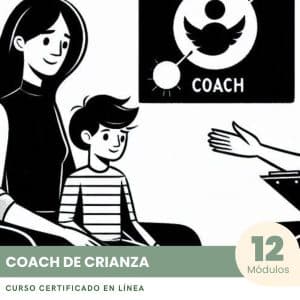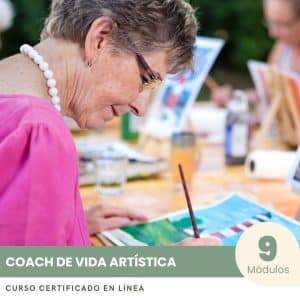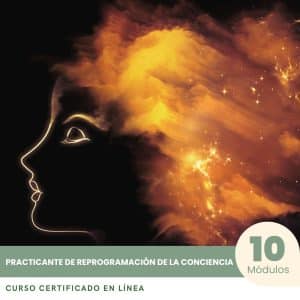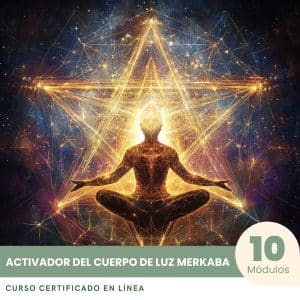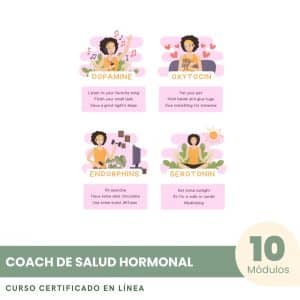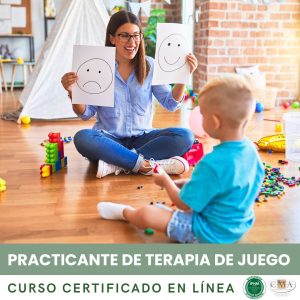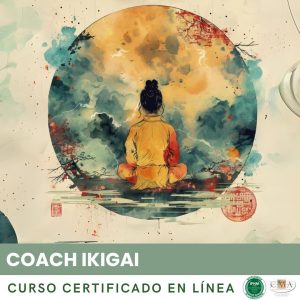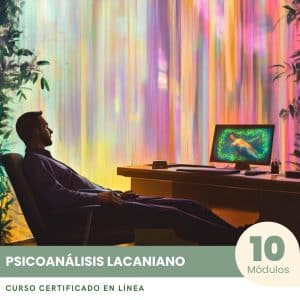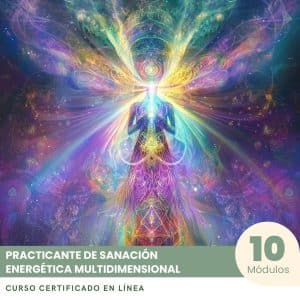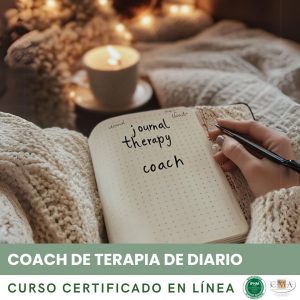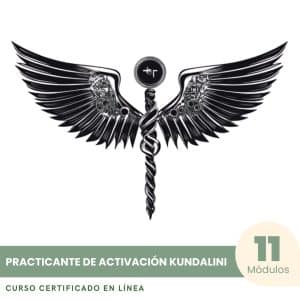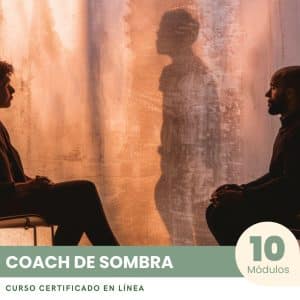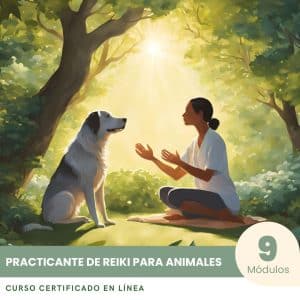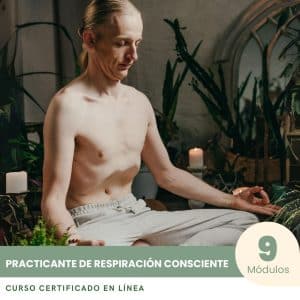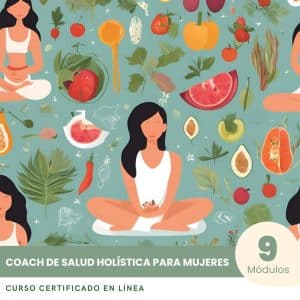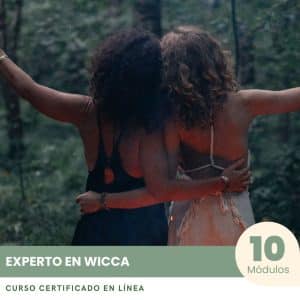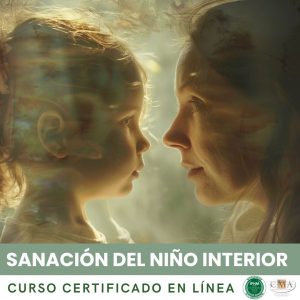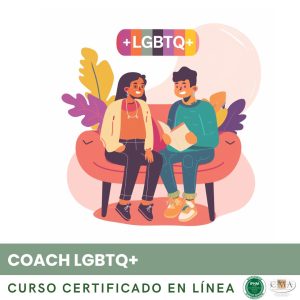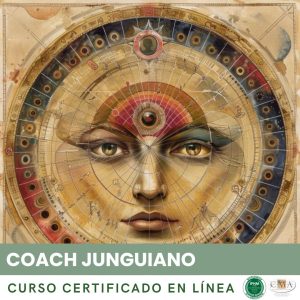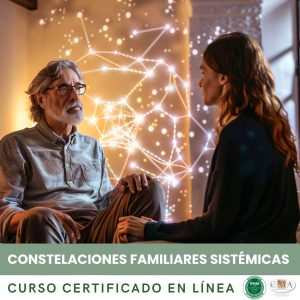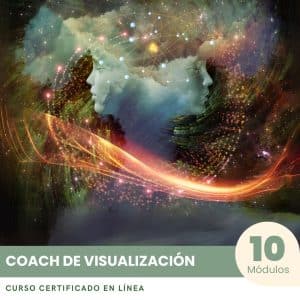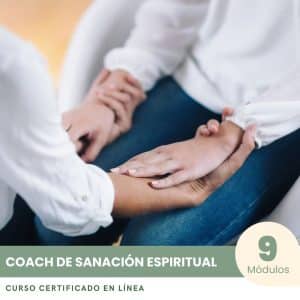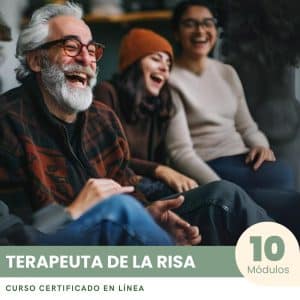7.1 – Breathing and Relaxation Exercises through Laughter
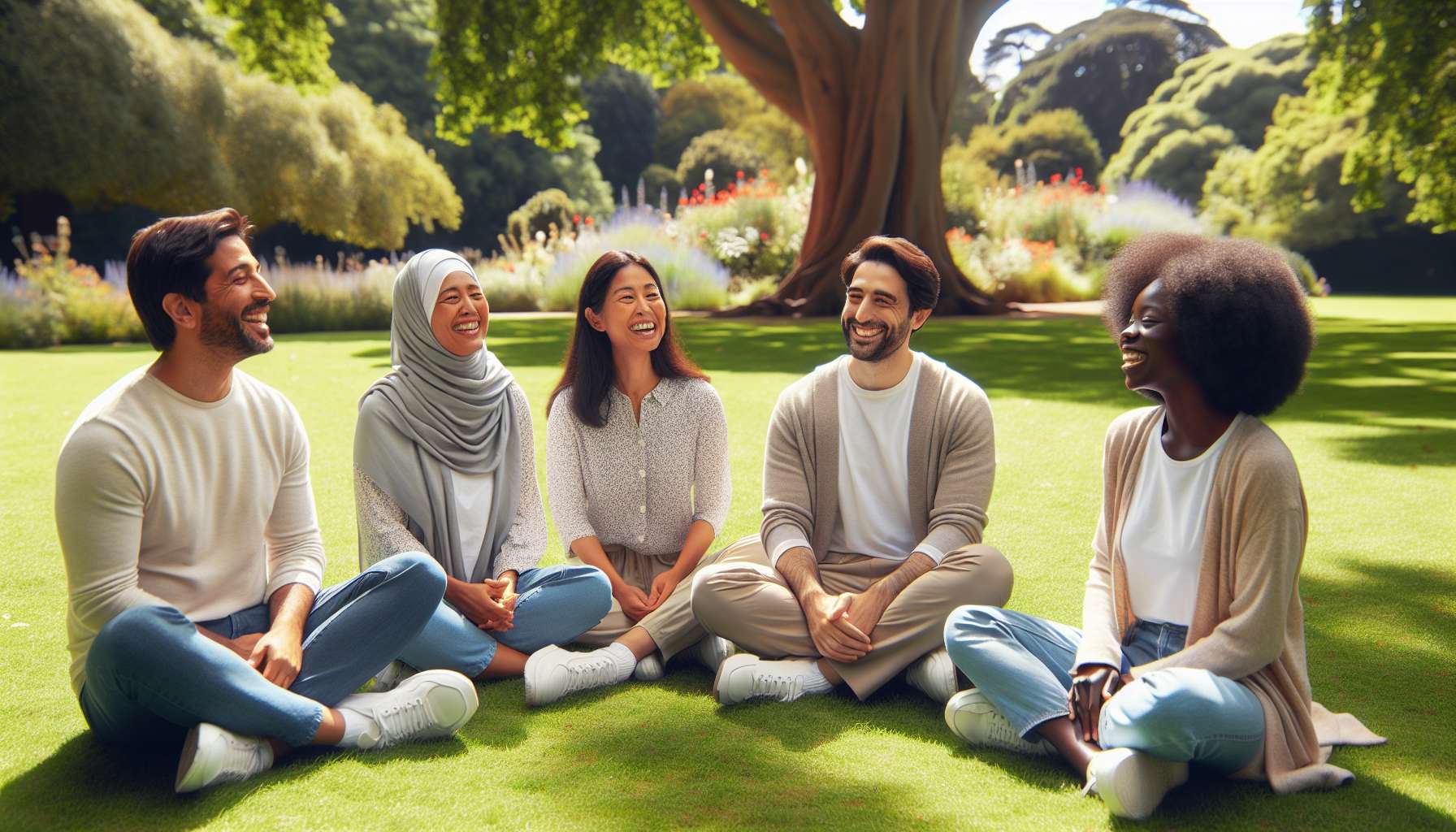
Breathing and relaxation exercises are fundamental elements of laughter therapy. They prepare the body and mind for the experience of laughter, while promoting a state of relaxation and well-being. The breathing techniques used in this context are varied and inspired, notably, by yoga and mindfulness practices.
Among the most commonly used breathing exercises is deep abdominal breathing. This consists of slowly inhaling through the nose while expanding the belly, then gently exhaling through the mouth while contracting the belly. This technique allows the lungs to be fully oxygenated, calms the nervous system and releases muscle tension. It is often combined with laughter exercises, like the “lion’s laughter” which involves exhaling loudly while sticking out the tongue.
Another breathing technique used is the alternate nostril breathing, which involves inhaling through one nostril and exhaling through the other, alternatively blocking each nostril with the thumb and index finger. This practice, taken from yoga, is reputed to balance the body’s energies and clarify the mind. It can be incorporated into meditative laughter sessions to promote a state of deep relaxation.
“Laughter breaths”, like the “ha ha ha” or “ho ho ho”, are also widely used. They involve emitting laughter sounds while synchronizing the movement of the breath and the abdominals. These exercises release tension, stimulate blood circulation and create a joyous and light atmosphere conducive to spontaneous laughter.
In addition to breathing exercises, progressive relaxation techniques are often proposed. They involve sequentially contracting and releasing different muscle groups, focusing on the sensations of relaxation that result. These exercises help to be aware of the tension accumulated in the body and to release it, while connecting to the present moment.
The aim of these breathing and relaxation exercises is to create the optimal physical and mental conditions to welcome and prolong the experience of laughter. By calming the mind and relaxing the body, they allow you to let go, free yourself from stress and inhibitions, and fully open up to the benefits of laughter therapy. Combined with games and specific laughter techniques, they form a coherent set to cultivate joy and well-being on a daily basis.
It is important to note that these exercises are accessible to everyone, regardless of age or physical condition. They can be adapted according to each individual’s abilities and can be practiced in both a seated and standing or lying down position. Regular practice enhances the beneficial effects and progressively incorporates laughter as a natural resource to manage stress and emotions.
Points to remember:
– Breathing and relaxation exercises are essential in laughter therapy to prepare the body and mind, promoting relaxation and well-being.
– Deep abdominal breathing, inspired by yoga, oxygenates the lungs, calms the nervous system and releases muscle tension. It is often combined with laughter exercises.
– Alternate nostril breathing, taken from yoga, balances the body’s energies and clarifies the mind, and can be incorporated into meditative laughter sessions for deep relaxation.
– “Laughter breaths” release tension, stimulate blood circulation and create a joyous atmosphere conducive to spontaneous laughter.
– Progressive relaxation techniques help to be aware of the tension accumulated in the body and to release it, while connecting to the present moment.
– The aim of these exercises is to create the optimal physical and mental conditions to welcome and prolong the experience of laughter, by calming the mind and relaxing the body.
– These exercises are accessible to everyone, regardless of age or physical condition, and can be adapted according to each person’s abilities.
– Regular practice enhances the beneficial effects and incorporates laughter as a natural resource to manage stress and emotions.
👉 To download docx (Editable) file click here : Click here
👉 To download PDF file click here : Click here
👉 To download MP3 file click here : Click here
